May 3, 2024 | 01:45 GMT +7
May 3, 2024 | 01:45 GMT +7
Hotline: 0913.378.918
May 3, 2024 | 01:45 GMT +7
Hotline: 0913.378.918
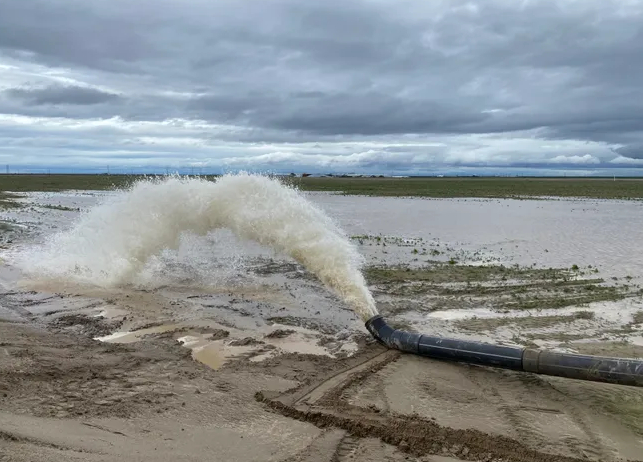
The National Oceanic and Atmospheric Administration (NOAA) said last month that an El Niño event was 62% likely from May through July and more than 80% probable by fall.
Good weather, especially in the spring when planting season starts, is vital to growing a bountiful crop of fruits, nuts and vegetables. But the extreme swings this year have left many growers behind schedule, especially in California, which produces nearly half of U.S. fruits, nuts and "salad bowl" vegetables like lettuce, tomatoes, spinach and kale, according to the California Department of Food and Agriculture.
Although farmers are optimistic they can recover from delayed planting timelines, it may take a few months. In the meantime, consumers may see smaller selections, lower supplies and higher prices, experts say.
“This year is extreme,” said Brad Rubin, sector manager for specialty crops within Wells Fargo’s Agri-Food Institute. “The amount of wet weather and a cold spring delayed plantings in major areas of California.”
Flooded with problems:California's vast farms are soaked. There's nowhere to plant tomatoes, and that's just one problem.
What crops couldn’t be planted?
Berries, lettuce and other green leafy vegetables and tomatoes are among the major crops that will suffer from the flooding in California.
Intense rainfall breached a levee and flooded the central California communities of Watsonville and Salinas, which produce about one-third of the state’s strawberries. The overflow left about one-fifth of the fields underwater.
Floods in the Salinas Valley, the nation's “salad bowl” that grows more than 60% of its lettuce, also hampered planting. Not only did farmers have to wait for the water to subside, but they also had to make sure the soil wasn’t contaminated with bacteria that could cause foodborne illness.
In late February, the Monterey County agricultural commissioner’s office in California estimated the value of crops lost and projected future losses at $324.1 million. Salinas and Salinas Valley are part of Monterey County, and Watsonville is part of Santa Cruz County.
Crops hit the hardest included romaine lettuce, strawberries, wine grapes, celery, carrots, broccoli and garlic, it said.
“What we have seen at local farmers markets is an increase in price,” Wells Fargo’s Rubin said. “At retail stores, some supply imported from Mexico has helped keep prices down, but the organic and locally grown has been more expensive.”
It’s not just the soil, but the bees
The extreme cold, windy and wet weather across the country has prevented bees from pollinating as usual.
“Bees do not fly in hard rain or high winds,” said Charlotte Anderson, South Carolina’s first female master beekeeper, in her blog. “Hard rain could break their wings, and in windy weather, the effort often outweighs the rewards.”
As a result, crops that depend on pollination could feel the effects of bee disruption.
“No one will know until May or June, but everyone is speculating almonds will be light this year based on the lack of bee flight during pollinations,” Rubin said.
Bees are moved around the country to help pollinate crops, especially California almonds between February and March each year.
“Without bees, there would be no almonds,” the Almond Board of California says. Almonds are the seventh-most valuable crop in the United States, and are all grown in California, which also supplies 80% of the world’s production. It also represents the largest pollination service market for honeybees.
After almonds service, beekeepers bring their honeybees to different locations across the United States, pollinating more than 90 other crops and making honey.
Almond prices are already reflecting expectations of a smaller crop. In March, prices soared 33% from February, marking the largest monthly increase since November 2014, the Bureau of Labor Statistics said.
On an annual basis, almond prices jumped nearly 58% in March to post the biggest increase since 1995, it said.
Were there any upsides to the extreme weather?
Yes.
After several years of drought in California, reservoirs are full, helping eliminate water restrictions from the Sustainable Groundwater Management Act, Rubin said. The act was passed in 2014 to help protect groundwater resources over the long term.
With reservoirs full, farmers didn’t have to irrigate and won’t have to pay additional fees for water to the Sustainable Groundwater Management board, he said.
The biggest winners? Wineries. Everyone’s predicting a good wine crop, Rubin said.
Because the rain came early while the vines were dormant, or not yet primed for growth, vines weren’t damaged, and the soil got refreshed. The water also washed away any toxic salt deposits from previous years.
But is 2023 an El Niño year? How would El Niño affect food prices?
The National Oceanic and Atmospheric Administration (NOAA) said last month that an El Niño event was 62% likely from May through July and more than 80% probable by fall. An El Niño is a warming of sea surface temperature in the eastern Pacific Ocean that can affect global weather and increase the risk of natural disasters, such as floods in some areas and droughts in others.
How strong a possible El Niño could be remains unclear, NOAA said.
“The main implication could be higher food prices and stresses in emerging market countries vulnerable to such a shock,” said Deutsche Bank economist Jim Reid.
(usatoday)
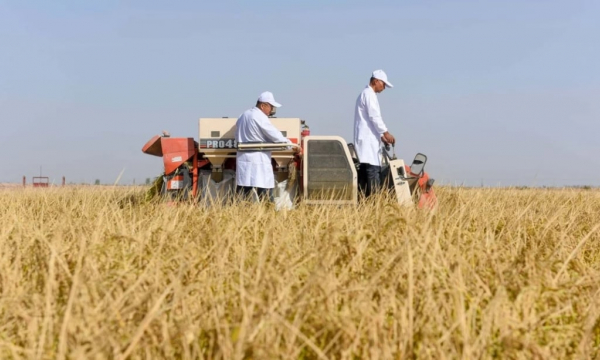
(VAN) Chinese scientists have cut the growth cycle of a conventional rice variety in half in a desert greenhouse in Xinjiang, a welcome agricultural innovation for Beijing as it seeks new methods to ensure food security.
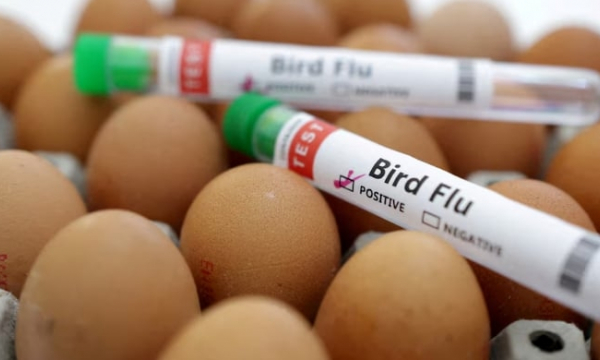
(VAN) Preliminary results of tests on additional dairy products show that pasteurization inactivates the bird flu virus, the U.S. Food and Drug Administration said on Wednesday.
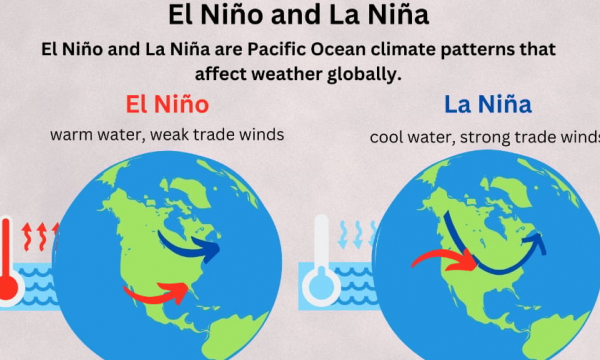
(VAN) At UNGA-ECOSOC event, FAO Deputy Director-General emphasizes the key role of anticipatory action in protecting and equipping communities ahead of shocks.
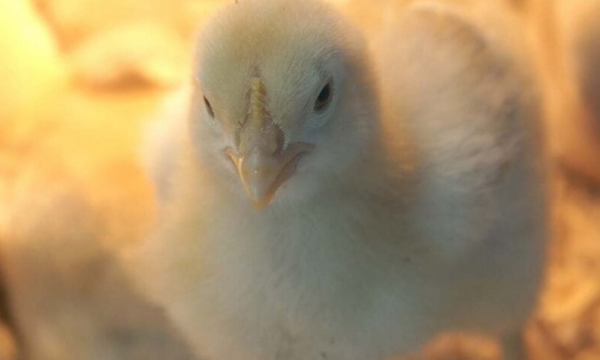
(VAN) Despite protein reduced poultry feed – better performance parameters and less burden for the environment!
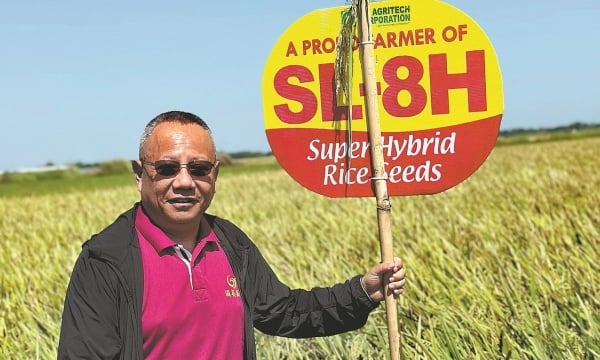
(VAN) The increased yields of a hybrid rice strain developed in China have helped countries participating in the Belt and Road Initiative to bolster their food security.
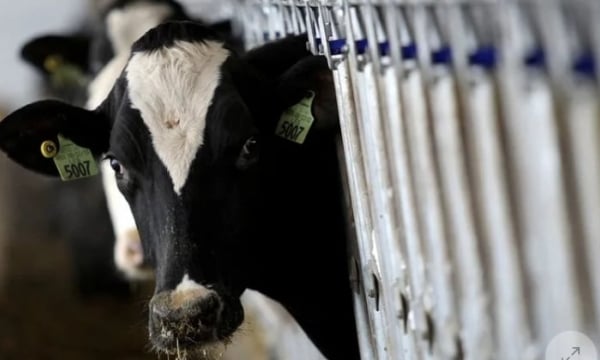
(VAN) The U.S. government said it is collecting samples of ground beef at retail stores in states with outbreaks of bird flu in dairy cows for testing, but remains confident the meat supply is safe.

(VAN) Early tests of pasteurized milk–purchased at grocery stores in areas with cows that have tested positive for H5N1–suggest that it is not infectious and wouldn’t be able to make people sick, FDA said.